The Pondy Bazaar Pedestrian Plaza, one of Greater Chennai Corporation’s most anticipated projects, was launched with much pomp and show on the 13th November, 2019, by the Hon. Chief Minister of Tamil Nadu, Thiru Edappadi K. Palaniswami. Spanning over 700m on Sir Thyagaraya Road, the plaza has successfully transformed one of Chennai’s busiest and car-centric shopping streets into a pedestrian promenade by prioritising people over vehicles, and opening up new ways of experiencing the space. With wide and safe pedestrian walkways on both sides, ample shaded seating, beautiful landscape, and colourful play elements, the plaza was designed as a space accessible for all, including women, children, senior citizens and people with disabilities.
A couple with a stroller walks past the parade of shops, the infant’s eyes light up at the brilliant display of wares. A group of young women store-hop, hands full with bulging shopping bags bursting at their seams, but they still want to shop more. An elderly man on a wheelchair swiftly moves through the teeming crowd, pausing at places to enjoy the sights and sounds of the promenade. Musicians take over the streets as people walking by stop to listen, curious and pleasantly surprised. Two generations of family converse over fresh filter coffee, while the third-and the youngest- runs around and plays on the see-saw by the footpath.
Vibrant, attractive, lively, with spaces to walk, run, play, socialize, sit, linger and observe.
A street full of people. A street for people.
This is the New Pondy Bazaar Pedestrian Plaza!
[baslider name=”pedplazathree”]
[baslider name=”pedplazafour”]
The Pedestrian Plaza project was conceived with the intent of enhancing the unique shopping experience that Pondy Bazaar offers, by reclaiming public space for the shoppers. For the first time, Chennai is looking at a street as not just a mobility corridor, but as a social, public space for everyone, be it families, children, and the elderly.
An open-air mall in the heart of the city!

[baslider name=”pedplazaone”]
[baslider name=”pedplazatwo”]
With the success of the pedestrian plaza, the city now plans to scale up the work by redesigning and developing streets in Chennai to be future-ready and Non-Motorised Transport (NMT) friendly incorporating various aspects of mobility, utility and livability.
The first phase of the Mega Streets project envisions the creation of a network plan and redesign of over 110 km of streets spread across six different neighbourhoods. The network plan will prioritise shaping spaces accommodating the needs of all road users.
With more neighbourhoods set to see a similar transformation, Chennai is surely moving towards better and livelier streets for all!
Written by Aishwarya Soni
Sketch by AV Venugopal
Videos created by Aishwarya Soni, Kawin Kumaran.
Photographs by TD Achuthan, Santhosh Loganaathan
Edited by Keshav Suryanarayanan
Check out our previous blog on how the Pedestrian Plaza reclaims the street for pedestrians and shoppers.




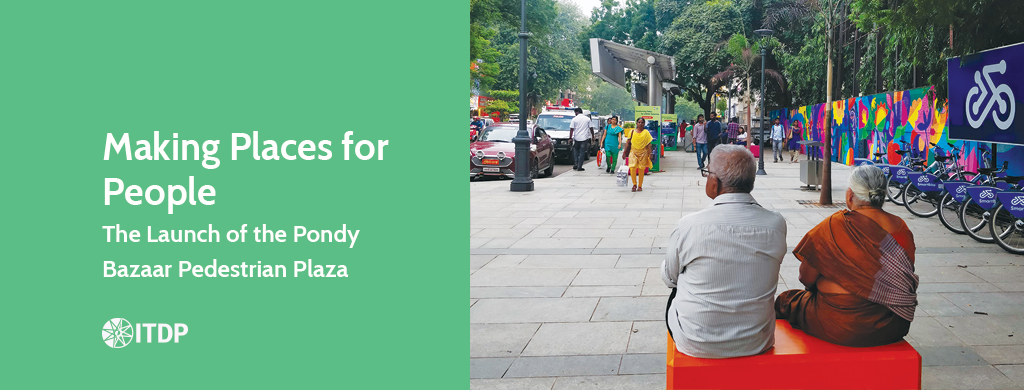
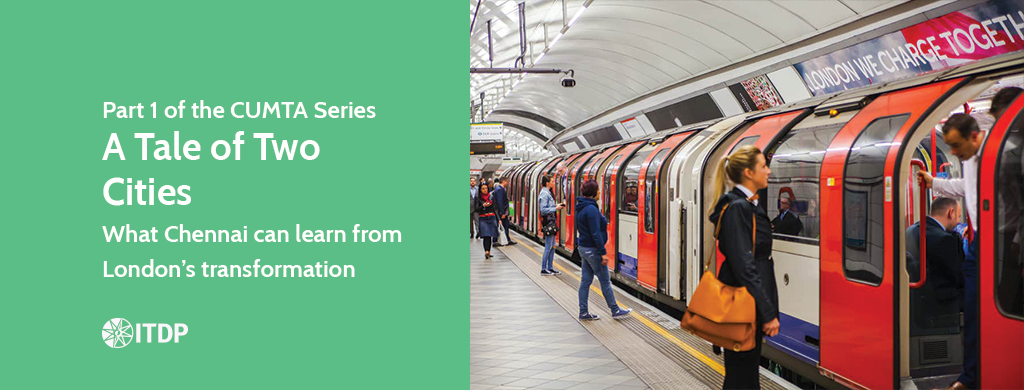



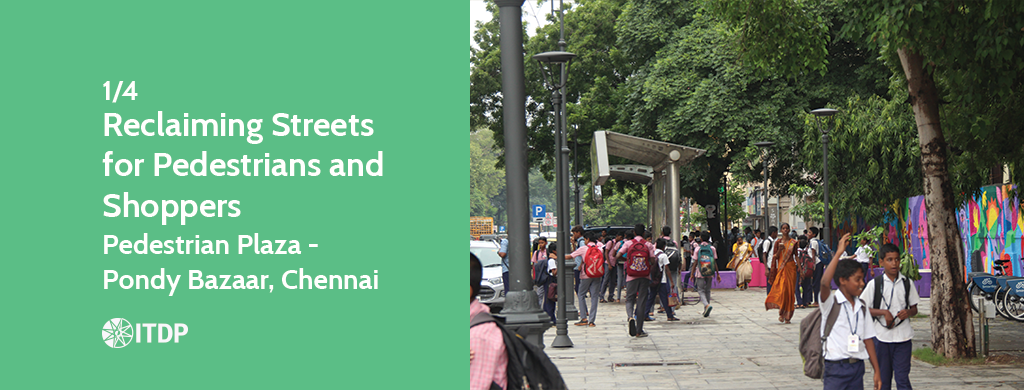

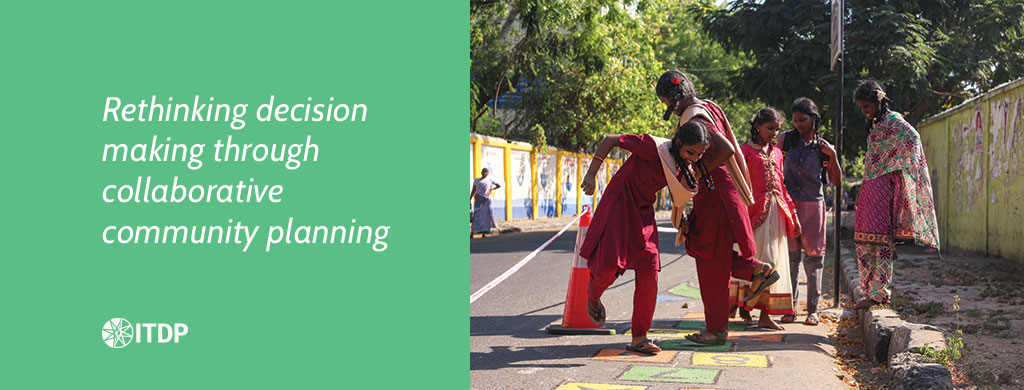



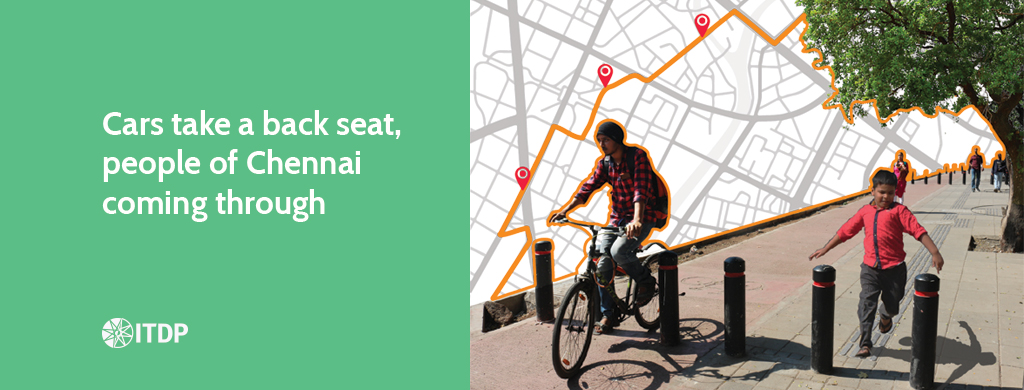
















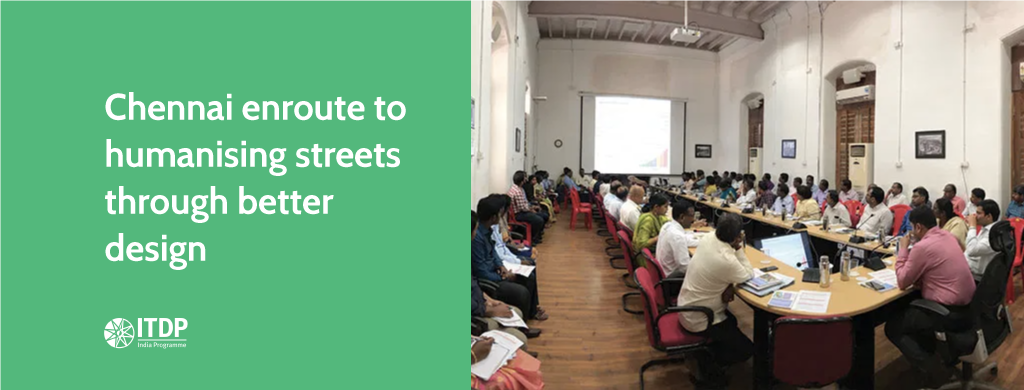
 NMT Masterplan
NMT Masterplan


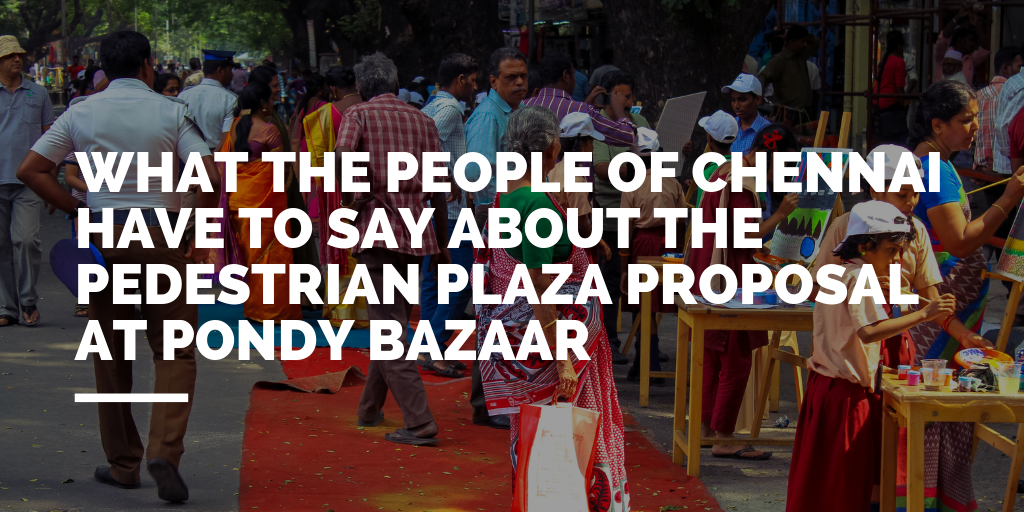

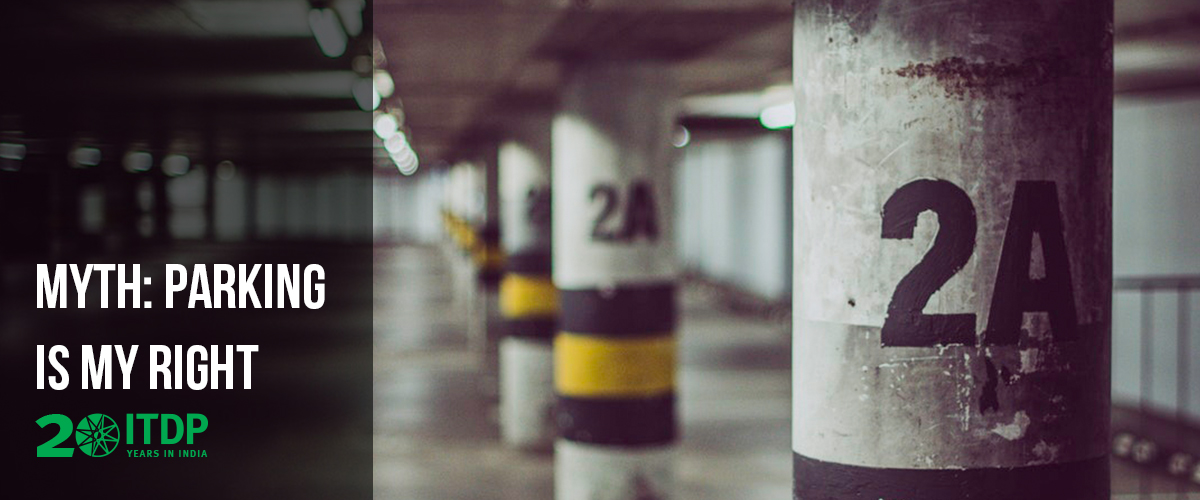








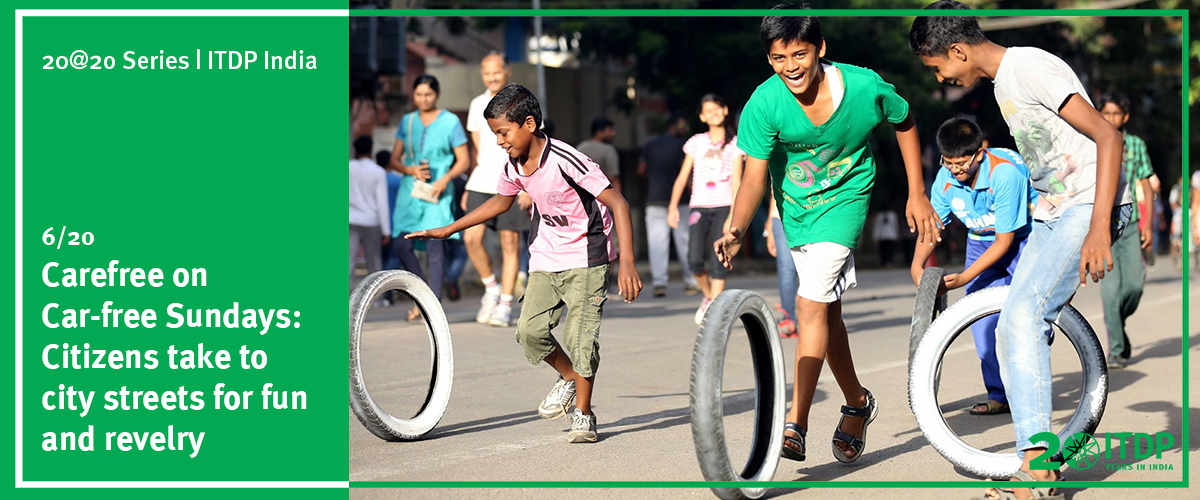
 India’s first car-free Sunday in Ahmedabad in 2012
India’s first car-free Sunday in Ahmedabad in 2012 People enjoying hop-scotch at the car-free Sunday in Coimbatore
People enjoying hop-scotch at the car-free Sunday in Coimbatore Father and daughter bonding over skipping at the car-free Sunday in Chenani
Father and daughter bonding over skipping at the car-free Sunday in Chenani